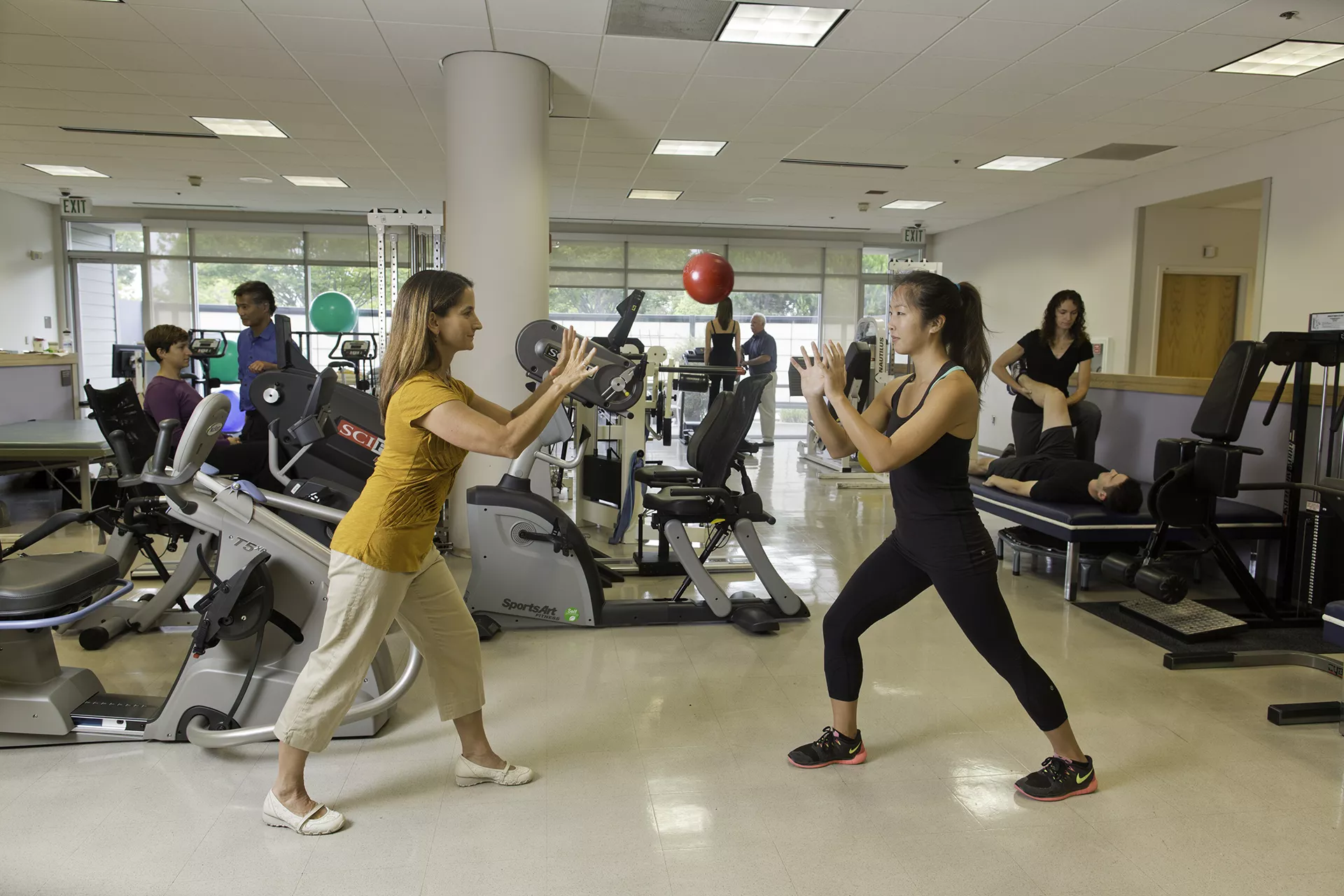
Movement Systems and Manual Therapy: Working Together to Improve Low Back Pain – 01/13/2019
In this class, we will incorporate Movement System Impairments (MSI) principles into the Maitland framework of managing low back pain patients.
Course Date & Time
January 13, 2019
8:30 a.m. – 5:00 p.m.
Course Location
Kaiser Permanente Union City, Medical Office Buildings
Physical Therapy Fellowship Lab
3555 Whipple Road, Building A
Union City, CA 94587
Instructor(s)/Speaker(s)
Patricia Zorn, PT, DPT, MApp Sci, FAAOMPT
Sponsored by
Kaiser Permanente Northern California Graduate Physical Therapy Education
Target Audience
Physical Therapists
Course Level
Intermediate
Course Description
Physical therapists evaluate movement to develop a diagnosis for their patient. The diagnosis determines our management strategy. Manual therapists commonly focus on restricted joint motions or hypomobility occurring in a joint as the source of a patient’s pain pattern. Movement Systems therapists focus on the role that motor control and muscular balance plays in a patient’s movement pattern. The possible combinations of altered motion, both joint hypomobility and hypermobility, within a specific joint structure or adjacent joints may be numerous. How can we assess whether restricted movement, excessive motion, or a combination of both is creating the patient’s problem?
In this class, we will incorporate Movement System Impairments (MSI) principles into the Maitland framework of managing low back pain patients. MSI management strategies emphasize controlling the direction and timing of movement. In this approach, movement and alignment should be ideal to reduce abnormal stresses on the body. If movement of a joint occurs excessively in a particular direction, increased accessory and/or physiological motion may cause pain. We will discuss the co-existence of joint hypomobility based on Maitland clinical patterns and excessive motion diagnoses based on MSI. Treatment techniques discussed will include posture education and direction-specific exercises along with direction-specific joint mobilization / manipulation techniques. We will also discuss the patient population that may be best treated with a hands-off approach.
Objectives
Upon completion of this class, the participant will be able to:
- Describe the five diagnostic categories in MSI for the lumbar spine.
- Perform and provide rationale for key movement tests in a lumbar assessment.
- Define specific characteristics of muscular changes related to low back pain patients.
- Describe common joint hypo-mobility patterns that occur within the MSI diagnoses.
- Perform and provide rational for selected Movement Systems treatment principles including direction-specific postural and exercise prescription.